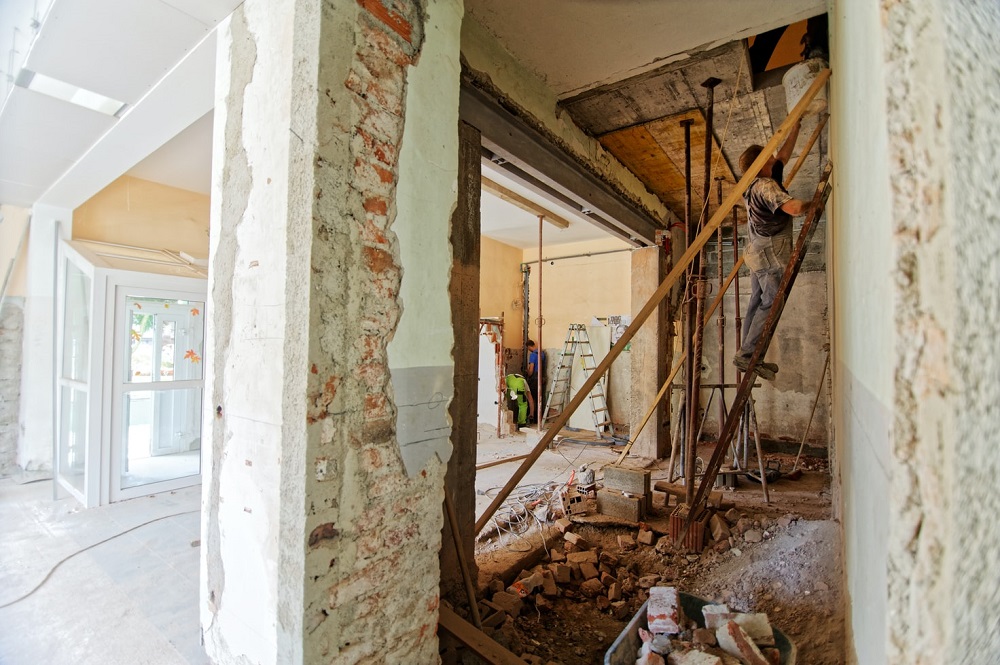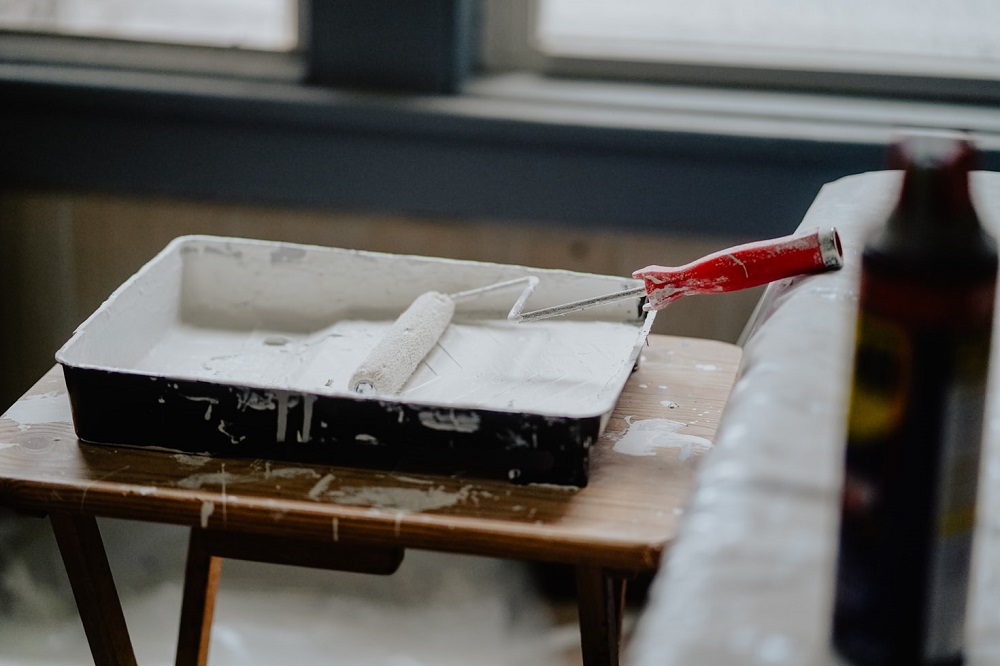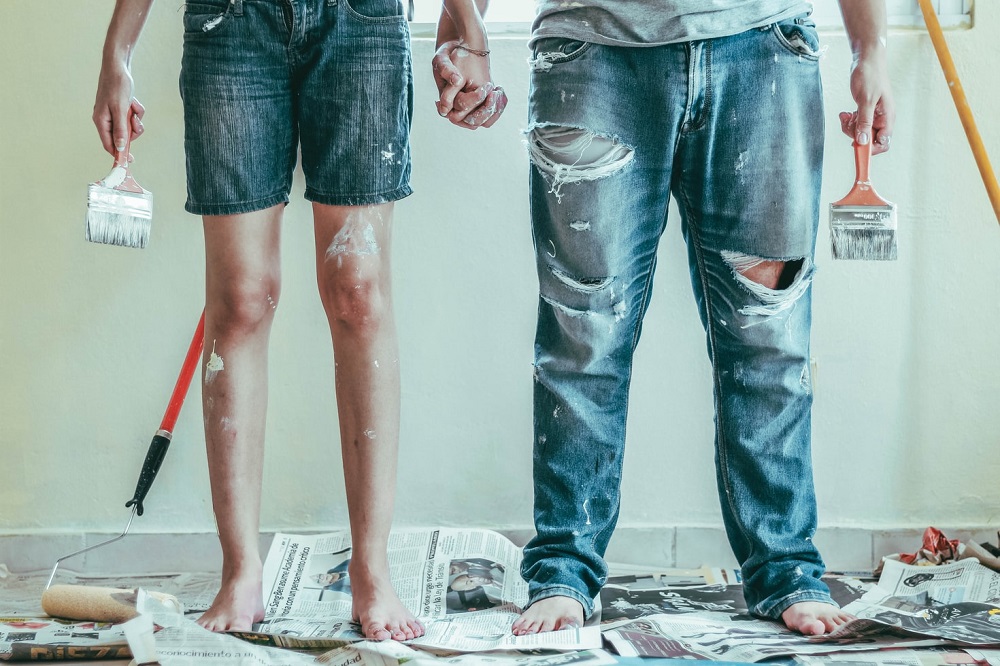Home. It is the place where we spend the majority of our time, if not all of our time of late. It is our place to rest, to create, and gather.
Just like with any other place, it will have its wear and tear and unexpected occurrences. As a homeowner, you will be responsible for the upkeep to make sure your abode is everything you want it to be and brings you joy when you open the door. This means being aware of different ways to finance home repairs.
Financing home repairs come with the territory of being a homeowner. While it is not the fun part of being a homeowner, knowing your options for financing home repairs can turn your fortune and help alleviate some of the immediate financial burdens. Let’s take a look at six ways to finance home repairs.
Starting with a Budget
The beginning of financial readiness and responsibility starts with budgeting. A financially responsible individual will stay on top of finances, properly allocating funds where necessary. Now, of course, things happen, which is perfectly okay. This does not take away from you being financially responsible. It is always best to start with a budget.
Writing out a budget is just like making a plan. A plan does not guarantee success, but starting anything without a plan will more than likely lead to failure. If you go into managing your home without a budget, something will give. So it’s best to have a budget, if not when you become a homeowner, well before then.
Budgeting will help you organize your finances and most importantly, prepare for the unexpected. It is better to have set away money in the reserves and have it than to have an emergency and not have it at all. You should be taking intentional steps to account for the possibility of repairs in your home budget.
You can prepare your budget in whatever way best suits your lifestyle and financial situation. Some ways that homeowners account for the possibility of home repairs in their budget is by following the 1% rule or the square footage rule.
The 1% rule asserts that the homeowner should reserve or set aside 1% of the cost of the home each year for potential home repair costs. For example, if you purchased your home for $550,000, then you would allot $5,500 for your home repair budget annually. This doesn’t mean your repairs will cost that much but encourage a habit of saving.
The square footage rule recommends that the homeowner allot $1 per square foot of the home for home repairs. So, if your home’s square footage is 4,500 square feet, then your recommended home repair budget for the year would be $4,500. As it is a recommendation it encourages establishing a good saving habit like the 1% rule.
Needless to say, the homeowner does not have to stick strictly to the 1% rule and can save 2-3% (or more if able) of home purchase cost or 10% of home expenses (mortgage payment, insurance payment, and property taxes). The same goes with the square footage rule, varying the footage amount of the rule.
Being Your Own Bank
Along with making a set budget, you can also be your own bank by borrowing from yourself. With your budget, you can have a dedicated savings account just for spending on home repairs or home expenses, but you can also borrow from your money market account, 401K, and other high yield accounts, where you can pay yourself back; thus, functioning as your own bank.
Even when having the best budgets and planning, there may come a time where extra funds are needed. In this instance, you will need to finance through an external party and this can be done in various ways.
Taking Out a Loan

Loan options are numerous. You can take out a personal loan from your local bank for home repairs. While they may have higher interest rates and shorter repayment periods, you do have greater liberty to do with the loan what you will. It is best to check with your bank what is available and verify rates and terms. Also, if you are in search of getting cash loan then A1 Credit is one of the best option for you to choose.
In addition to taking out a personal loan (also a conventional loan), you also have the option of FHA and VA loans. If you’re a homeowner with a low credit score FHA loans are recommended because of the low percentage down. Qualified veterans can apply for a VA refinance for home repairs above the appraised cost of the home
Selecting Home Equity Line of Credit
Home equity line of credit (HELOC) is another type of loan. This secured loan is a revolving credit and has lower interest rates. This loan type is great for ongoing projects or when you are uncertain of the exact cost of repairs; however, your home is put up as collateral, putting your homeownership at risk.
Credit Cards
Using a credit card to finance home repairs is a simple method of choice. If your limit is high enough you can cover any costs for your home repairs. Despite being an easier method it can be more costly in the end if you are unable to keep up with payments or your existing card has a high interest rate.
The repayment period for credit cards can also be more costly than certain loans because of high monthly payments in combination with higher interest rates. Using a credit card to finance home repairs works better if the home repair is not too expensive and you are able to pay back quickly.
Turning to Cash-Out Refinancing
Another external financing option that is available is using cash-out refinancing which makes your existing mortgage bigger with a new loan that allows you to cover home repairs. It is possible to get up to 80% of the market value of your home refinanced and pocket the difference.
The new mortgage that is created from cash-out refinancing allows you to get extra benefits, possibly walking away with more cash depending on market conditions, and having more control over rates, terms, and repayment schedules. Due to this, cash-out refinancing is a popular choice, particularly when home repairs are exorbitant.
Planning for Home Repairs

You can always forecast home repairs being needed. Adhere to a budget and save and stay aware of what options are available to you to best fit your financial needs when home repairs arise.






